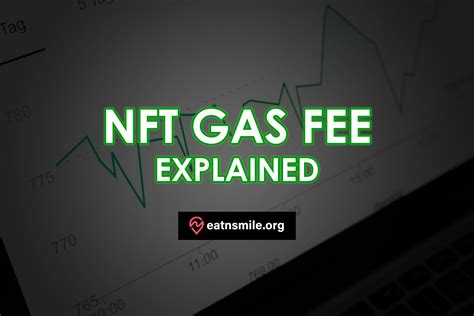“Cryptocurrency Market Crash: A Look at Crypto, Short Positions, ERC-20, and Gas Fees”
The cryptocurrency market has been on a rollercoaster ride in recent months, with prices fluctuating wildly between highs and lows. As investors scramble to make sense of the uncertainty, one key aspect stands out as particularly problematic: the short position.
What is a Cryptocurrency Short Position?
A cryptocurrency short position occurs when an investor sells a digital asset at its current market price, expecting it to be bought back at a lower price in the future. This strategy involves borrowing tokens from exchanges or other traders who hold them, and selling them before buying them back themselves.
ERC-20: A Common Digital Asset
ERCA (Ethereum Rights Certificate) is an ERC-20 token that allows for the creation of custom tokens on the Ethereum blockchain. It’s one of the most widely used digital assets in the market, with a large community and a growing number of decentralized applications (dApps) built on top of it.
Gas Fees: The Hidden Cost of Cryptocurrency Transactions
One of the biggest drawbacks of cryptocurrency transactions is the gas fee they incur at each stage. Gas fees are paid to the Ethereum network to process transactions, and they can add up quickly when dealing with large amounts of data or complex interactions between smart contracts.
ERC-20 tokens like ERC-20 (a utility token) use a mechanism called “gas estimation” to predict the amount of gas required for a transaction. This helps reduce the likelihood of errors and unexpected high fees. However, these estimates can be imperfect, leading to surprise charges that can wipe out even small positions.
The Crypto Short Position Conundrum
When a short position is initiated, it’s essentially betting against the market. As prices rise, the seller hopes to buy back their tokens at an even lower price and pocket the difference. However, if prices fall sharply, the buyer may need to sell their tokens at the higher price they were bought for, resulting in significant losses.
Furthermore, when a short position is triggered by a large number of other traders, it creates a self-reinforcing cycle that can lead to rapid price swings. This is known as a “market selloff,” where the entire market reacts to a single event, causing prices to plummet and then recover rapidly.
The Gas Fee Conundrum
Gas fees are another significant concern in cryptocurrency transactions. While they may seem like a small issue, they can add up quickly when dealing with large amounts of data or complex interactions between smart contracts. This is especially true for tokens like ERC-20, which uses gas estimation to predict the amount of gas required.
In some cases, gas fees have been known to exceed 100% of the transaction value in a matter of seconds. This can result in substantial losses, even if prices remain relatively stable in the short term. Moreover, as more traders join the market and begin trading in cryptocurrencies, the complexity of transactions increases, leading to higher gas fees.
Conclusion

The cryptocurrency market crash highlights the importance of understanding the mechanics behind short positions, ERC-20 tokens, and gas fees. While these concepts may seem abstract or technical, they have real-world consequences for investors, traders, and market participants alike.
As prices continue to fluctuate wildly in the crypto market, it’s essential to be aware of the risks associated with each aspect mentioned above. By understanding how short positions work, ERC-20 tokens function, and gas fees are calculated, investors can make more informed decisions and mitigate potential losses.

